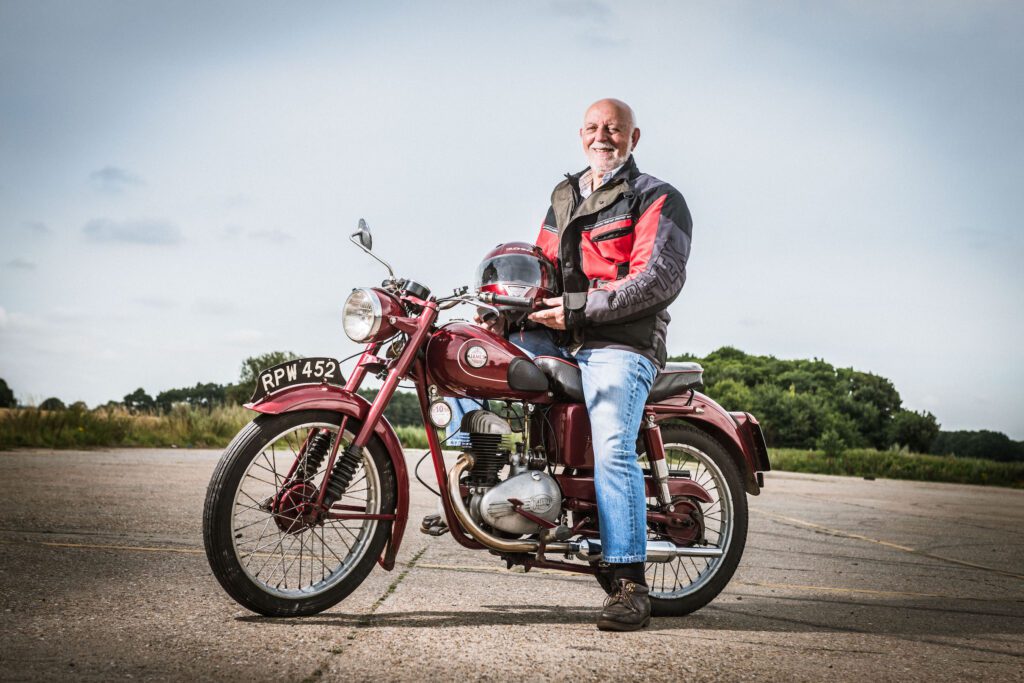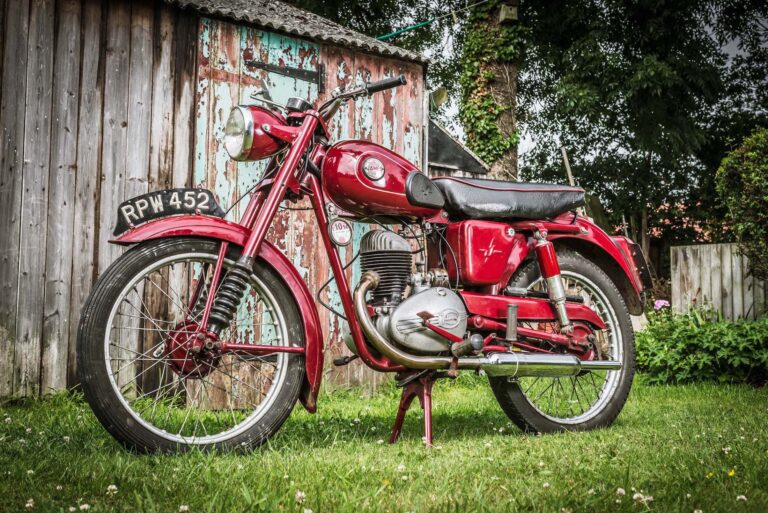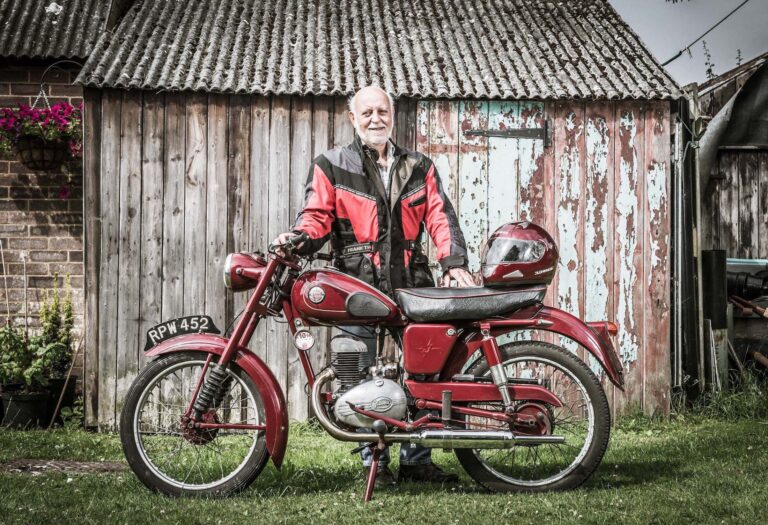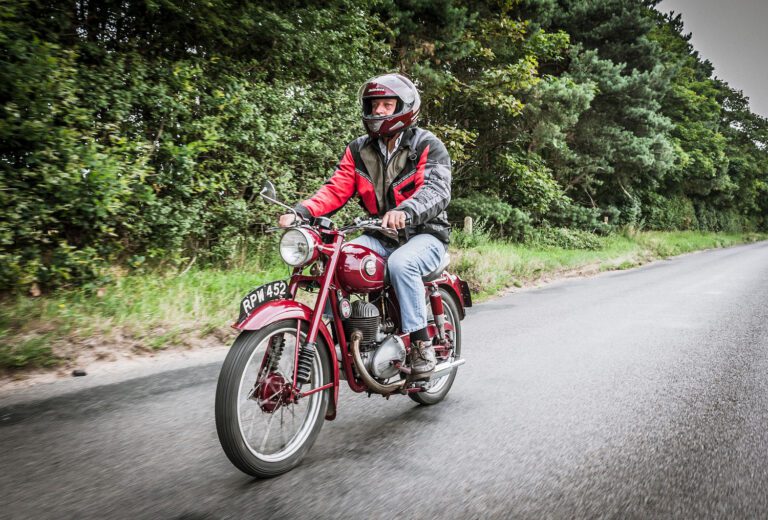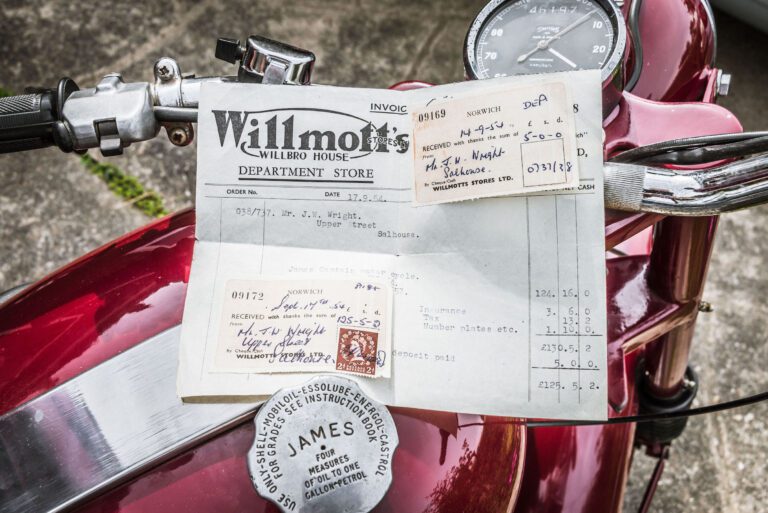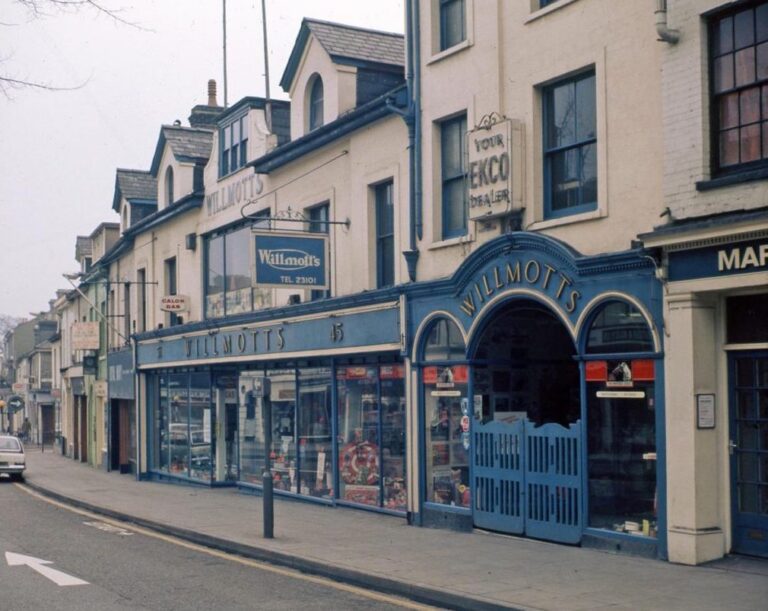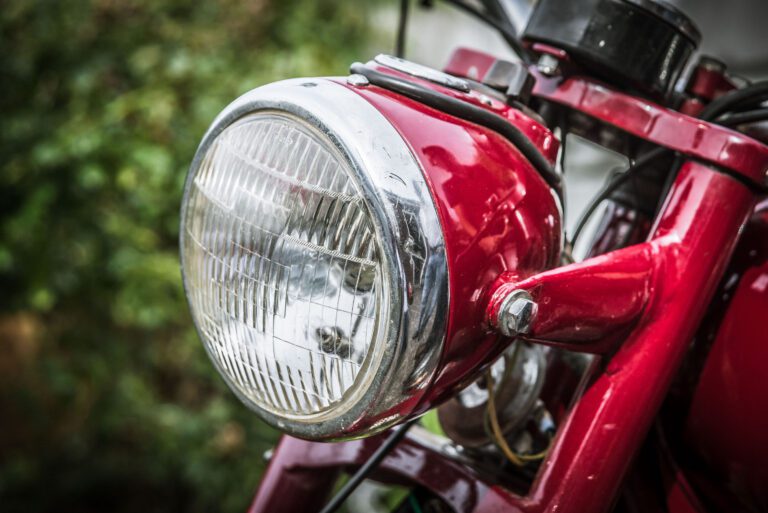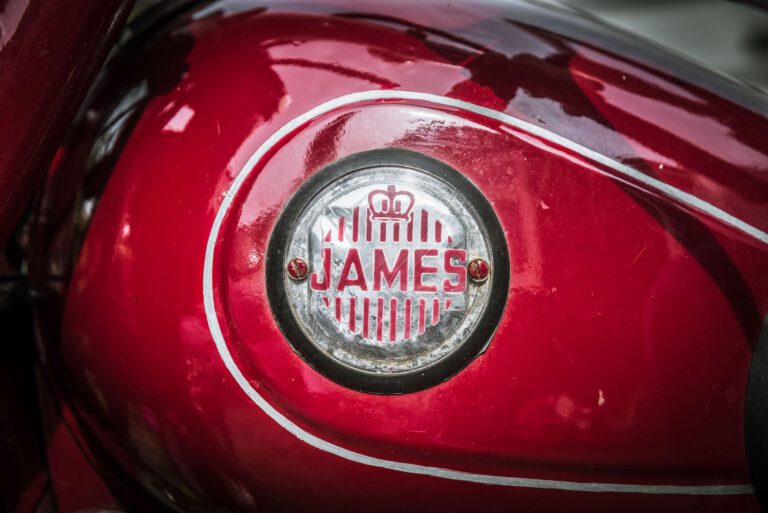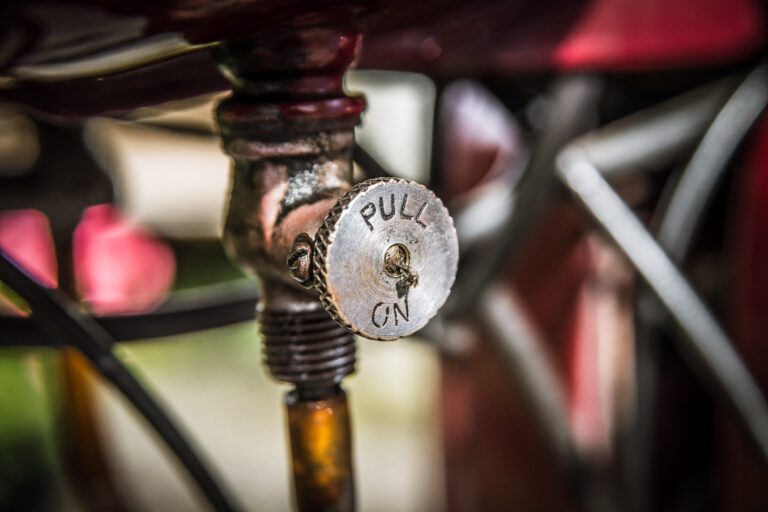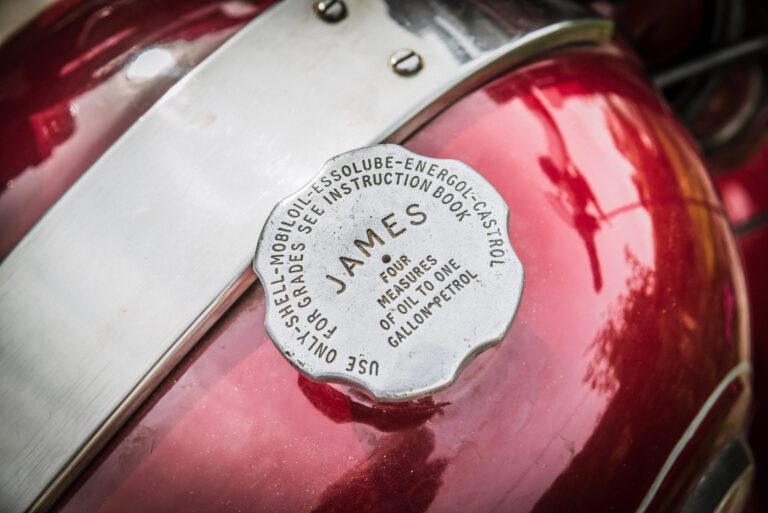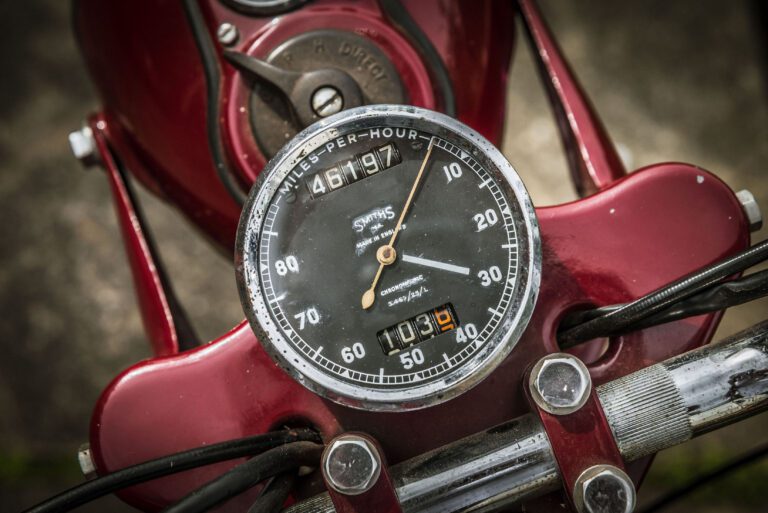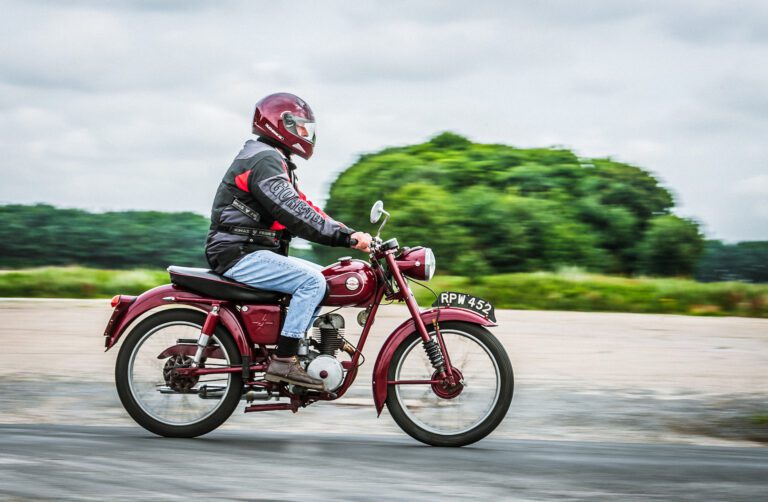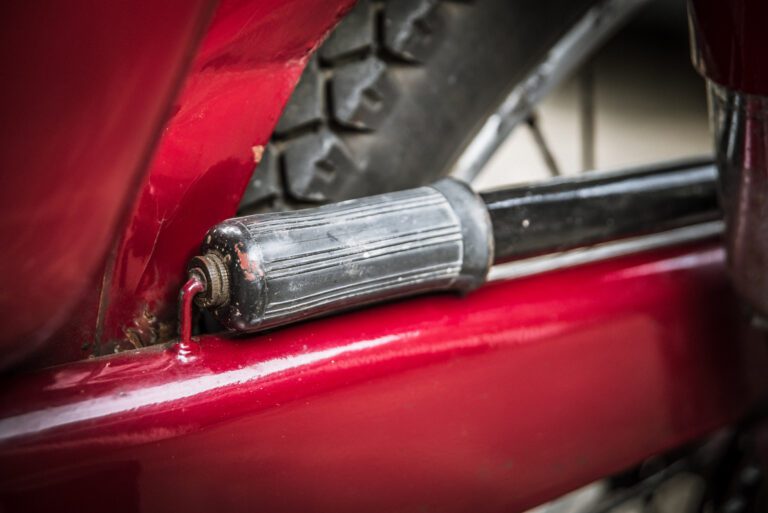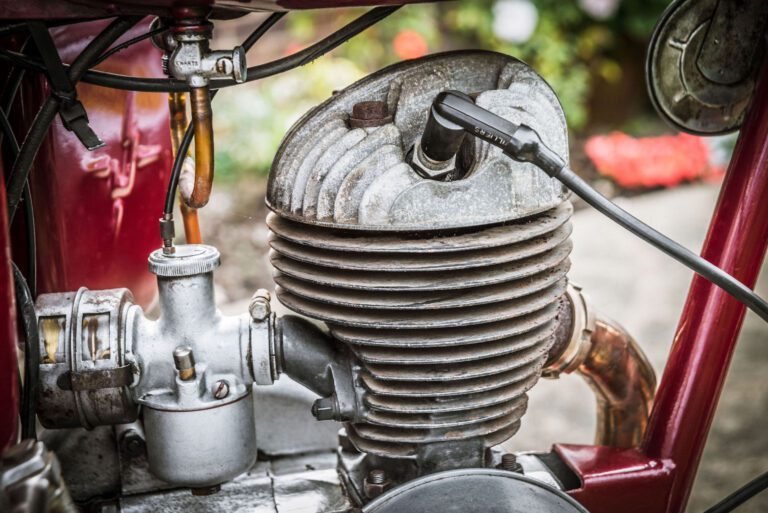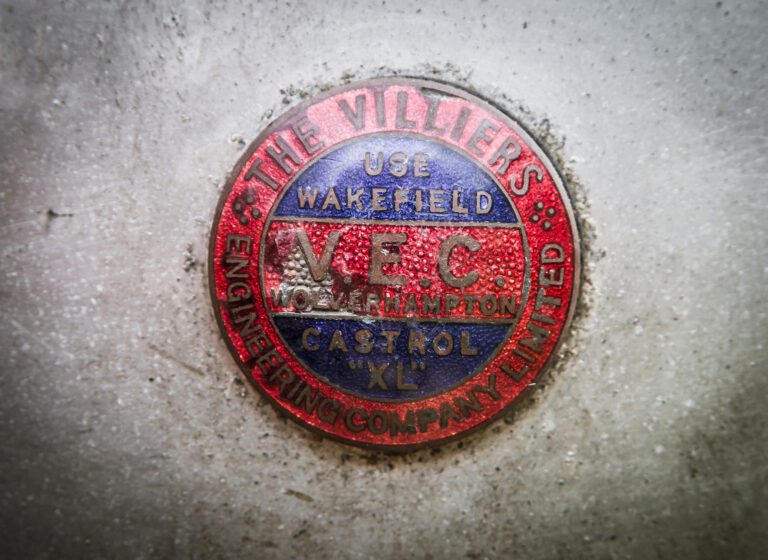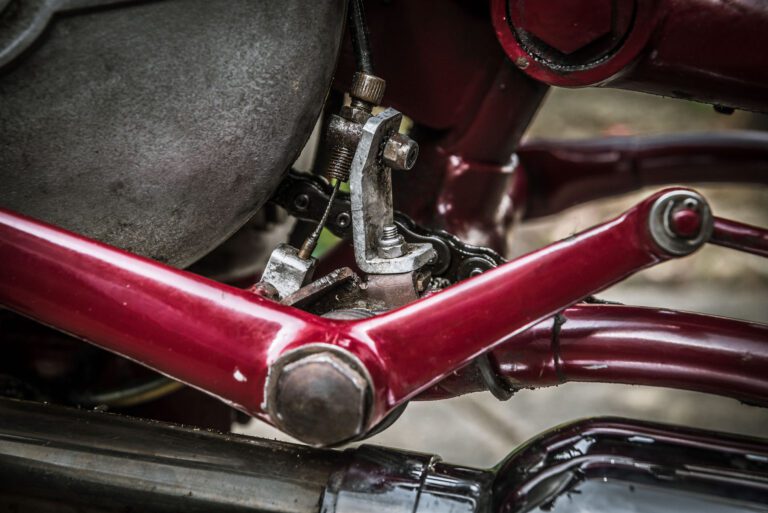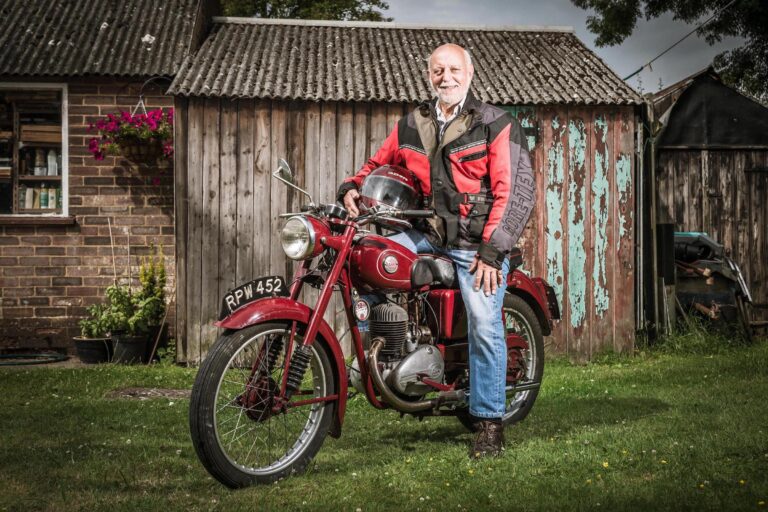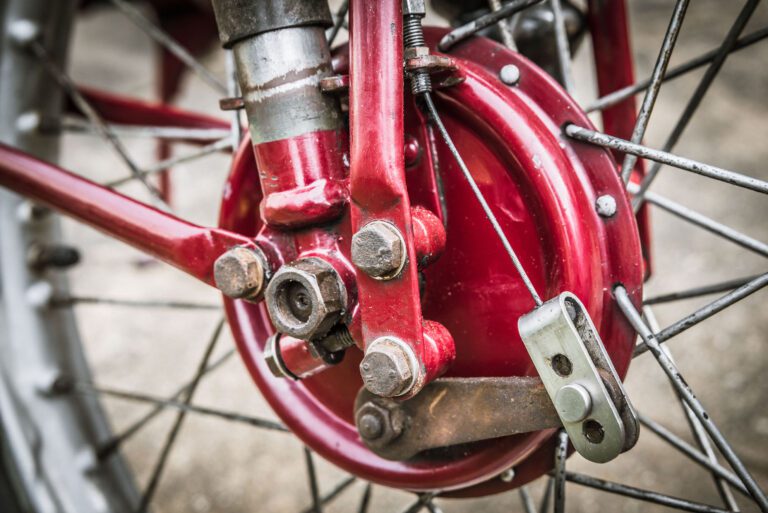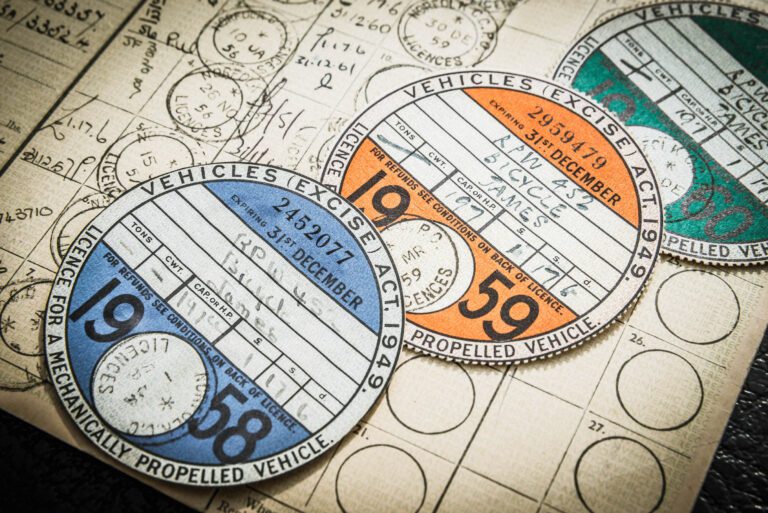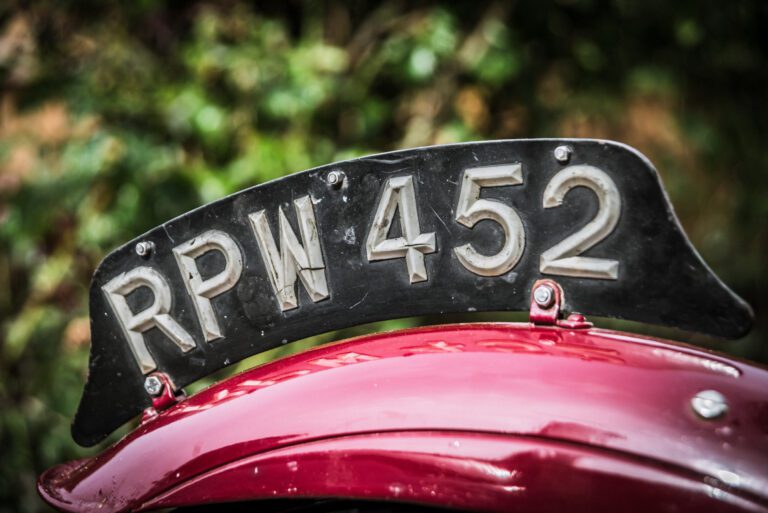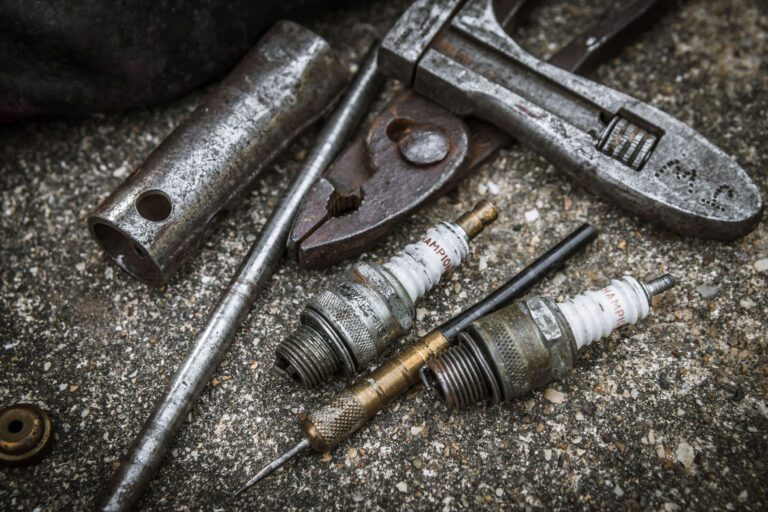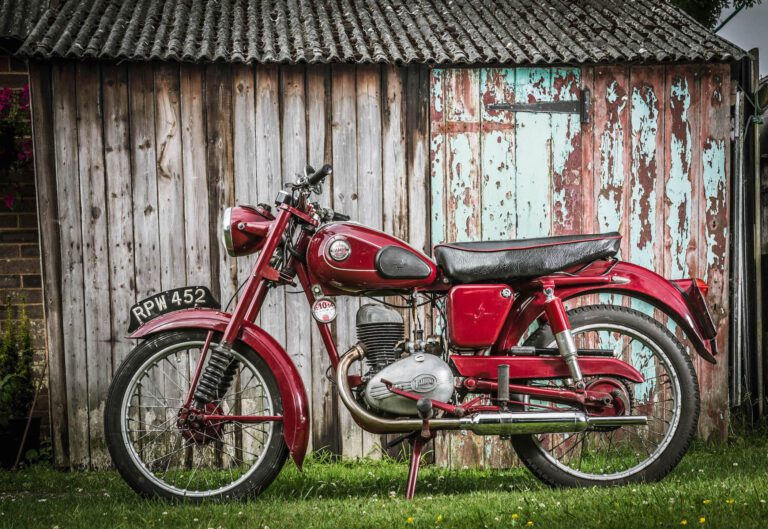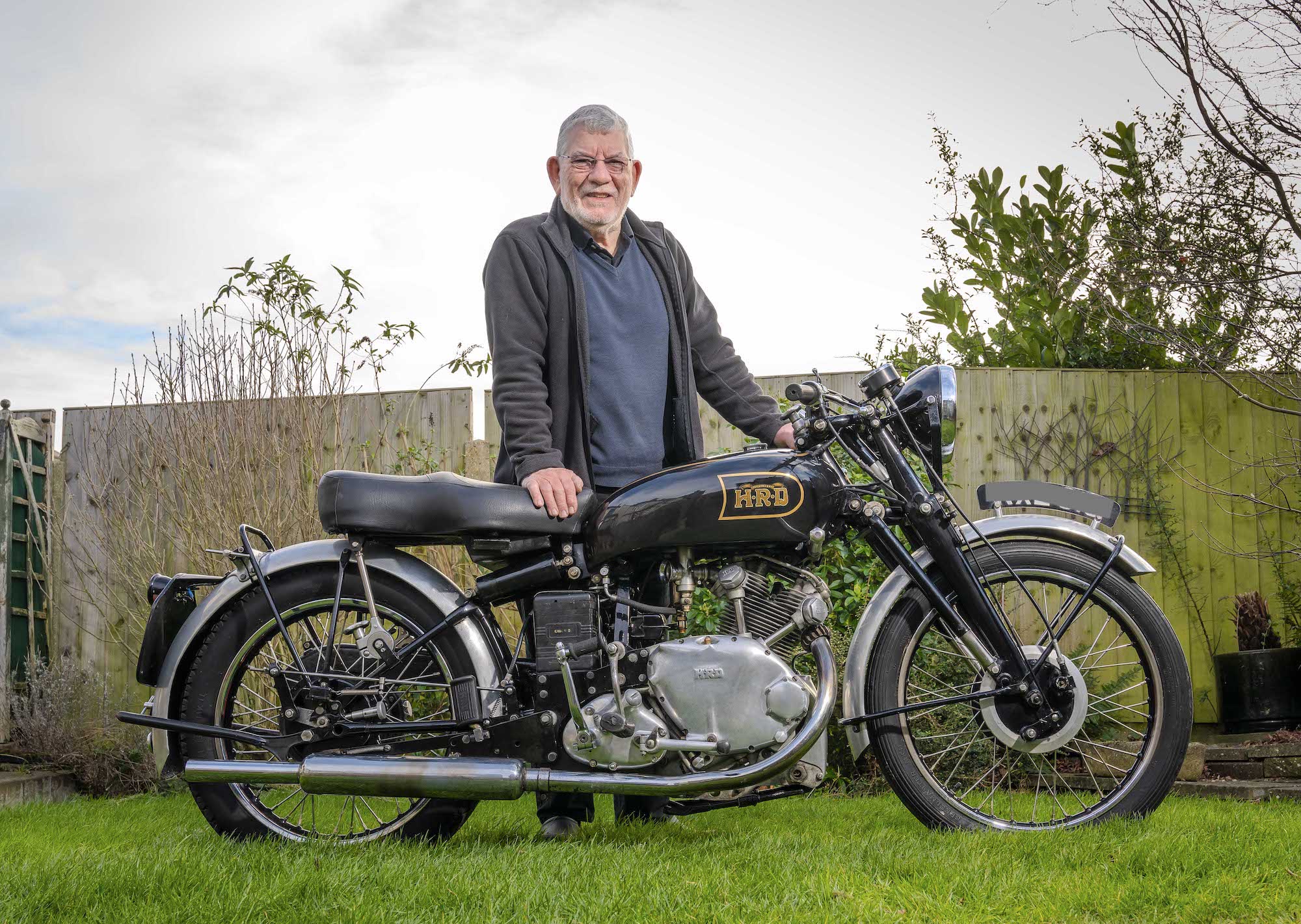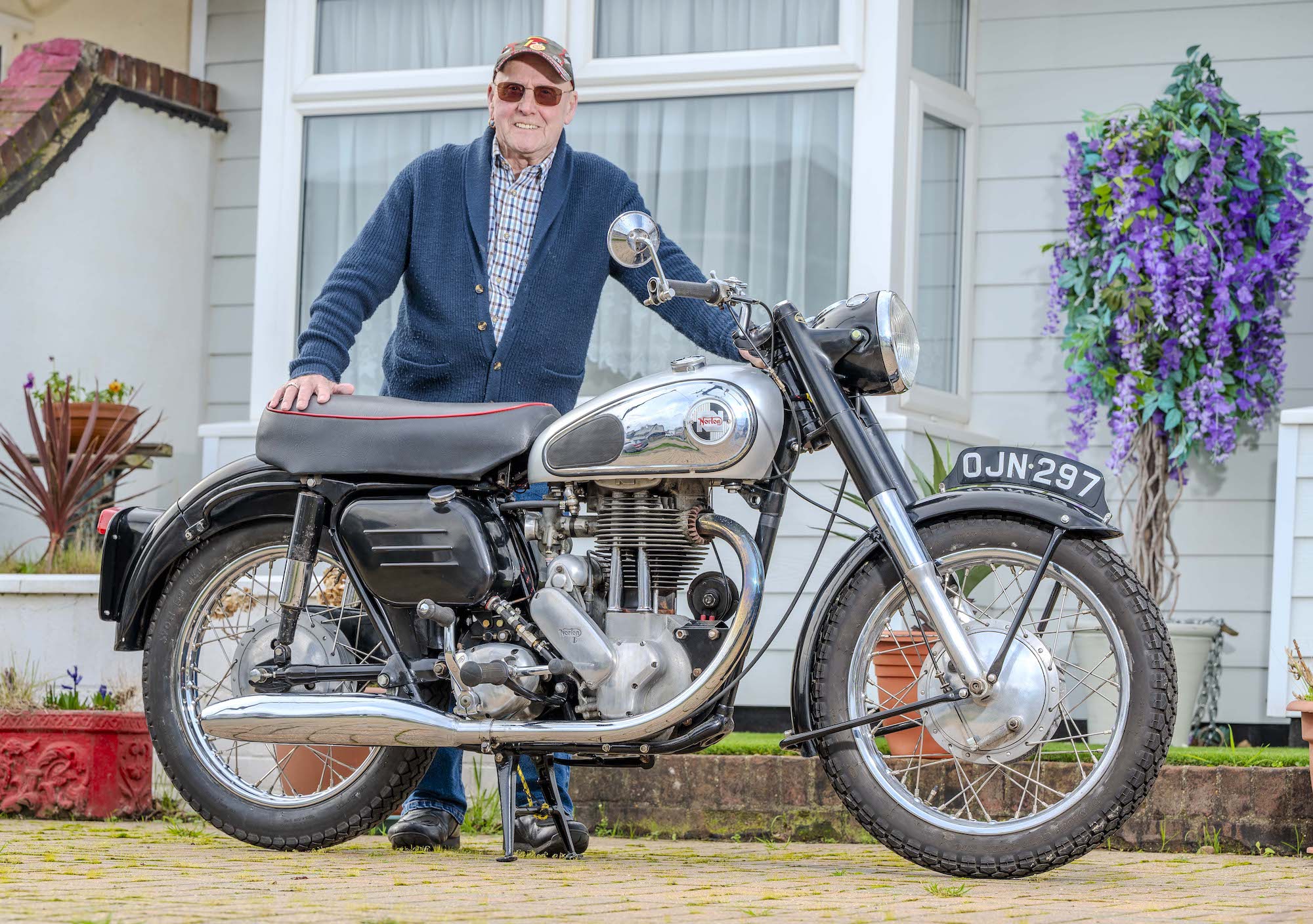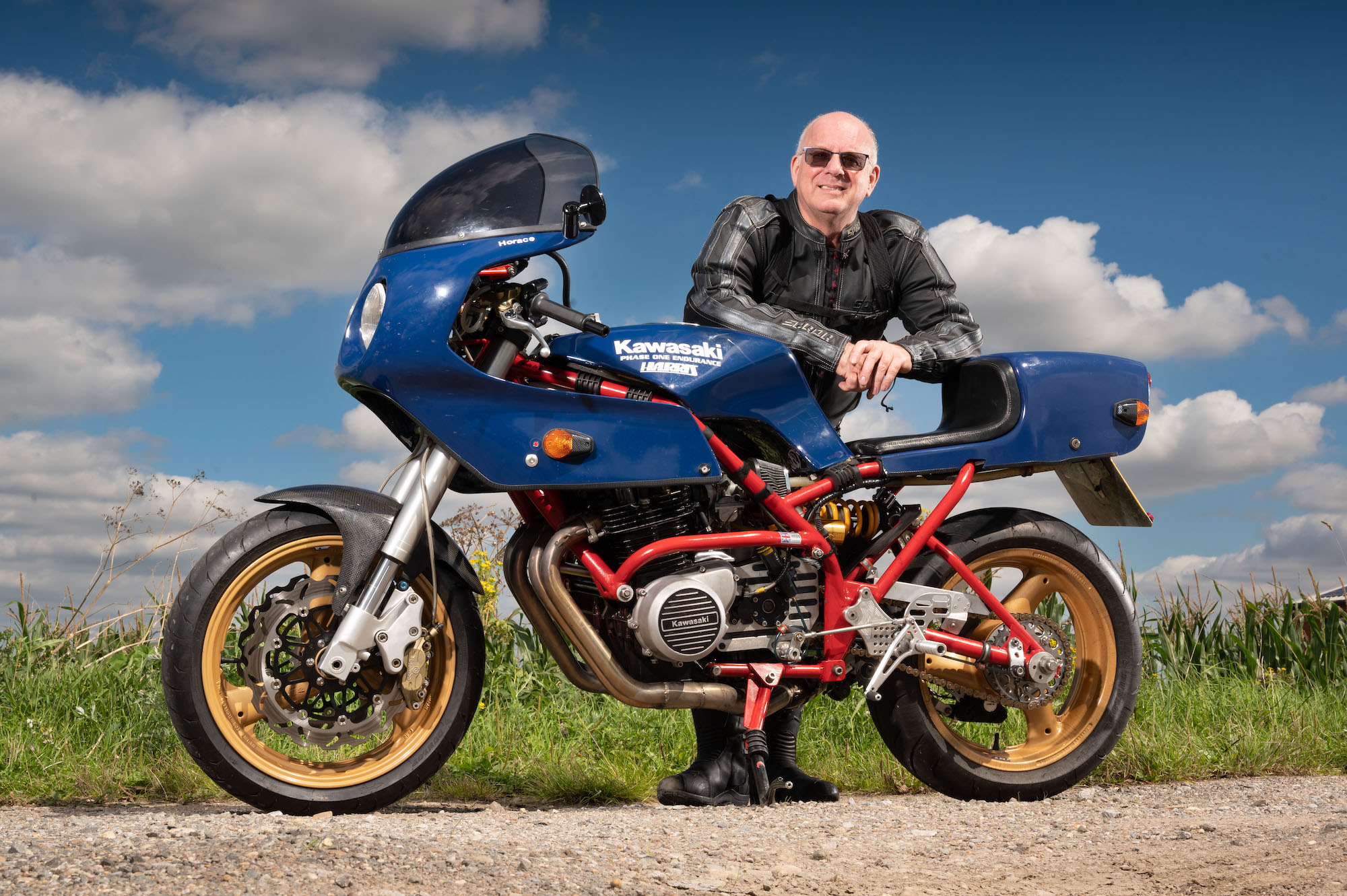John Wright is not a man for change.
He’s lived in the same Norfolk Broads village his whole life, in the same bungalow he built himself for 55 years, and still owns and rides the same James Captain motorcycle he bought new at the age of 18.
Now a fit and vibrant 81, John pulls the 1954 Captain into position in his garden for photographs while his wife Doreen makes tea and coffee in the kitchen.
The couple have been together for 60 years, but the motorbike pre-dates even their long-lasting relationship.
1954 James Captain cannot be parted with
“He used to come and see me on it before we were married – I could hear him coming before he got here,” says Doreen.
“He would not part with it, and I would never want him to get rid of it.”
From those early days in the 1950s, when Doreen would ride pillion around the Norfolk countryside, the bike has been there through the birth of three sons, John’s entire adult life and most of his career as a joiner, and has seen off a variety of cars that have passed through the family’s hands.
Just as it always does, the Captain starts at the first kick and the 197cc Villiers two-stroke engine putters to life as John heads for the lanes around his Salhouse home for some action shots.
On his return, he digs out the original bill of sale, neatly folded and curiously bearing the name of a now defunct Norwich department store.
As well as model railways, records and gramophones, irons and toasters, Willmott’s Stores also sold the self-dubbed “Famous James” motorcycles.
“Of all the places I can’t remember why I went there,” says John. “Maybe they were on offer. They used to sell records upstairs with booths you could listen in, and downstairs they had some motorbikes on display. They were an agent for James.”
The receipt shows a total cost of £130 5 shillings 2d, with insurance costing £3 6s, tax 13s 2d and number plates an extra £1 10s.
With 63 years of reliable service under its belt, it’s probably the best £130 John has ever spent.
The James Cycle Co was one of a clutch of famous British motorcycle manufacturers from the late 19th and early 20th centuries that failed to hold off the invasion of Japanese bikes in the 1960s.
And the Captain was its flagship model in the 1950s, like John’s, almost exclusively painted in maroon and sharing the Villiers engine with its predominantly green-clothed stablemate Frances Barnett – both marques were by then under the ownership of AMC.
John’s father didn’t want him to own a motorcycle
Although legally able to ride any bike up to 250cc at the age of 16, John had to wait two years before he could swap his pedal-powered bike for engine power.
“My dad didn’t want me having one when I was 16. One came on the market, an AJS 350, however he would not let me have that. Then I saw a Douglas Dragonfly flat twin, and it was the same with that,” he says.
“I used to bike miles to work at the joiner shop and back, and then in the evening I’d bike to college for 7pm and back again after 9pm.
“I thought I’d see if I could persuade him to let me have a motorbike by refusing to go to college, so I bribed him I suppose. I got my own way eventually, but my mum wasn’t too happy.
“It wasn’t that fast though – top speed was listed as 59mph, though it used to do a bit more than that.”
National Service interrupted John’s carpentry career and, though he asked to be posted overseas, he ended up stationed only a few miles from home at RAF Horsham St Faith, north of Norwich, working as an airframe mechanic on Gloster Meteor fighter jets.
He met Doreen at the age of 21 at the long-since closed Oaks dance hall in North Walsham, where she lived, and resumed his career as a joiner at the Stewart and Patterson brewery in Norwich.
“I would ride out to North Walsham and we’d just go for a dance or a ride around – we only really went to local places, with Doreen riding pillion, up to Cromer and to Yarmouth and Lowestoft,” says John.
“I remember getting a puncture in North Walsham and I left the bike on the grass verge overnight. You could do that in those days, and it would still be there the next morning.
Fewer cars on the road meant “it was more pleasurable riding in those days”
“Mostly it was used for riding to and from work. It was more pleasurable riding in those days – there weren’t many cars around at the time. Cars and bikes have got so much faster and you feel in the way these days. Back then, there were only three cars in the car park at work, and it employed a few hundred people.”
The couple paid £200 for a plot of land in Salhouse and set about building their own bungalow.
“It took about a year, but it’s still not finished yet!” jokes John, who bought a 1936 Ford Eight van as a practical vehicle to help with the build, followed by a mark 2 Morris Eight bought from the estate of the Duke of Marlborough at Blenheim Palace.
But while the cars came and went, the Captain remained a constant, even when prospective buyers came knocking.
“It was my first bike and I was attached to it even back then”
“A chap I knew wanted his boy to have it, sometime in the 1970s, and offered me £15,” he says. “At the time I was not using it, but I didn’t really want to sell it. If he had offered me a little bit more I might have done, but I’m glad I didn’t. It was my first bike and I was attached to it even back then. After that, selling it was never in my mind and I certainly wouldn’t sell it now.”
Apart from the lifetime of memories embedded into the very fabric of the machine, the Captain has proved an incredibly reliable workhorse.
“It’s been a reliable little bike apart from my own fault when I didn’t tighten the flywheel up properly and it came loose, or when I ran out of petrol,” says John, who also owns an identical 1954 Captain, kept for spares, and a Triumph Twin 350.
“It starts first kick. Even when I had not used it for years, I put some petrol in it, kicked it over twice and the third time away it went.
“It’s even been used as a recovery vehicle! I remember a motorcyclist who had a 500cc Norton broke down on the Wroxham Road and I towed him to Norwich. I attached a rope to it and he held onto it and off we went.”
The bike, which still has the original Champion spark plugs, embossed fuel filler cap and bicycle-style tyre pump, has been meticulously maintained over the years by its devoted owner.
“It was in the garage and I kind of forgot about it for a while when the kids came along,” says John, who retired at the age of 65 in 1992.
“So I pulled it apart and more or less restored it, and kept most of the original parts. Some things I had to change – the downpipe more or less rusted away, and the exhaust. Apart from that everything else is original.”
The longevity of John’s ownership marks a key difference between the generation who came of age in the post-war austerity of the 1950s, and today’s throwaway society.
The only thing that’s been with John longer than the James Captain is a Timor watch
“You repaired everything back then,” he says. “Now it’s just ‘if it doesn’t work let’s fling it and get a new one’. I would rather fix something than throw it away.”
Doreen chips in: “It’s how you were brought up. Make do and mend rather than just throw something away. You don’t throw things away unless you are forced to.”
“I don’t like parting with things,” adds John. “The only other thing that has been with me longer is a Timor watch I bought when I was 14. When I went fruit picking I earned around £15 in 1948/49, a lot of money in those days, and I spent it all on this watch. My mum said I must be crazy, but I’ve still got it.”
John will continue to ride the Captain for as long as his body allows him to, with each turn of the throttle bringing back memories of riding around these very country lanes as a young man.
“I ride out on the country roads just for fun, mostly on Sunday mornings. It does bring back memories – you reminisce, especially as you get older,” he says.
“I get a lot of comments when I’m out from old and young people. I had a police motorcyclist stop me and said that should be in a museum. Younger people haven’t seen one before; they don’t know what it is. When I say that’s a James – ‘James? Never heard of it’.
“How long I shall be able to ride it I don’t know, but at the moment I can still get my leg over – on the bike!”
One day, the venerable Captain will almost certainly pass into the hands of the couple’s eldest son, Richard, who has inherited a passion for classic motorcycles and owns a BSA Bantam, a Triumph 600 and a Harley Davidson.
“My other James Captain was originally Richard’s bike, bought many years ago,” says John. “We put it all together to sell it and I don’t know why that fell through. Rather than sell it at a ridiculously low price, we thought we would keep it and use it for spares, which I suppose is a bit of shame.
“I’d like to restore it but it all takes time, and it’s surprising how much you can find to do when you’re retired!”
But John will always find time to ride the James Captain, the bike that’s been with him his whole adult life.
Willmott’s pic credit: Invisible Works
Main pictures by Simon Finlay.
